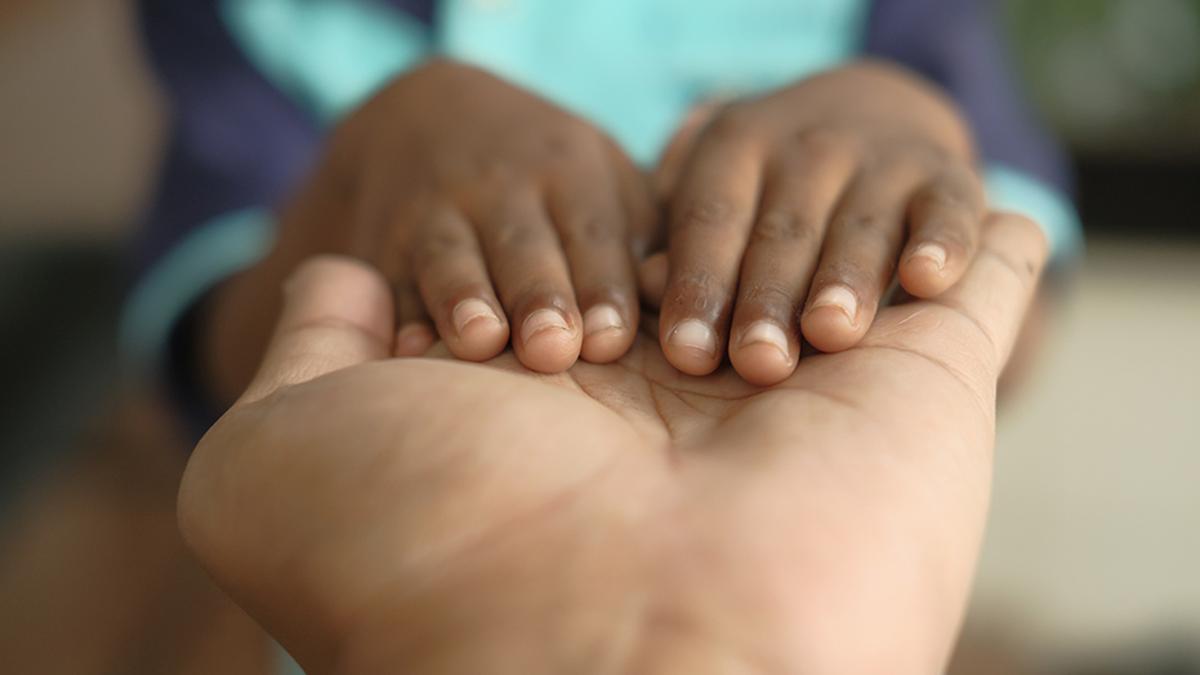For years now, the Central Adoption Resource Authority (CARA) — the country’s nodal adoption agency — has struggled to effectively manage adoptions. While a significant number of parents are willing to adopt, only a limited number of children are legally cleared for adoption. This imbalance has not gone unnoticed. In 2022, a Parliamentary panel called this imbalance a “paradoxical situation,” and in 2023, the Supreme Court “expressed displeasure” over the time-consuming adoption process.
Latest data obtained through a Right To Information application filed by The Hindu show that the asymmetry continues even in 2025, and the gap has widened further. In 2021, 26,734 prospective parents registered in the CARA portal, and 2,430 children were legally free for adoption. In other words, there were 11 prospective parents for every child free for adoption in 2021.
As of mid-July 2025, the number of prospective parents has grown to 36,381 — an increase of about 9,600 from 2021 — while the number of children legally free for adoption has increased to 2,652 — only 222 more than in 2021. Currently, there are 13 prospective parents for every child free for adoption as shown in the chart below.
The rise in the number of prospective parents could be one reason behind the growing gap. “The number of people opting for adoption has substantially increased. Issues such as infertility are no longer the only reasons why parents consider adoption”, said Gayatri Abraham, the founder of Padme, a comprehensive adoption resource platform for Indian parents. Still, in a country where an estimated 3.1 crore children were orphans according to the 2020 World Orphan Report, the fact that only a couple of thousands were identified as free for adoption is difficult to justify.
Tamil Nadu, Maharashtra, Karnataka, and West Bengal accounted for over 50% of prospective parents in 2025, as shown in the chart below.
The average delay for prospective parents to get an adoption referral has increased from one year in 2017 to three years by 2022, to about 3.5 years currently. If CARA does not act soon, the delay will increase further in the coming years and “force parents to adopt a child illegally”, as warned by the Parliamentary Committee.
The Juvenile Justice Act (2021) lists out a time-bound procedure for a child in Child Care Institutions (CCI) to be declared legally free for adoption. Yet, the status of its implementation remains questionable. “There are so many stakeholders on the ground. Nobody is held accountable for not implementing”, says Smriti Gupta, co-founder of Where Are India’s Children, a Child Welfare and Action Foundation. She said that implementation could be a huge challenge due to resource limitations, lack of training, and a gap in linkages between adoption agencies and the CCIs. She added that the idea that every child deserves a family is not strong in India.
Data shows that over 22,000 children are in the CCIs, 8.5 times more than the number of children legally free for adoption, in 2025 (2,652). The children in the CCIs include those orphaned, abandoned, surrendered by parents and those who have parents/guardians who are unfit for parenting or do not visit them.
The process of declaring children in the CCIs as legally free for adoption remains a grey area. Smriti Gupta explained, “There are children whose parents keep them in the shelter because of economic issues. They might occasionally visit them. There is another set of kids who are completely abandoned/orphaned. Then, there are these kids in the middle, who have a guardian/parent on paper. And this person never visits the child, but exists only on paper. CARA is pushing to evaluate children with no visitation and an unfit parent/guardian, but needs a lot of follow up and follow through.”
Because of these complexities, not every child in the CCIs can be made free for adoption. Even after accounting for that, the gap between the number of children in these institutions and those entering the adoption pool is still quite high. For instance, in Himachal Pradesh, only one child is legally free for adoption in 2025, whereas 829 are in the CCIs, as shown in the chart below.
In Maharashtra, only 236 children are legally free for adoption, while 5,284 are in the CCIs. It will be a big leap to assume that these gaps are only due to the complexities stated above and the delay needs to be audited. The delay in declaring children legally free for adoption reduces their chances of getting adopted. Close to 34% of the children currently in the adoption pool fall in the 14-18 age group.
As the Parliamentary Committee had stated, “older children and children with special needs are usually not preferred for adoption by Indian parents”. Moreover, delay would make it harder for the child, who has been in the institution for so long, to adapt as well.
The longer wait times also have an impact on the registered prospective parents. Gayatri said, “Many parents start looking for children in the 0-2 group. Then, they see the waitline is three years, and become anxious. They then become willing to make the switch to adopt slightly older children, willing to jump the queue. Waitline shouldn’t be the reason one changes categories, especially not while going through the process.”
Sources: RTI reply received from the Ministry of Women and Child Development, the 2020 Orphan Report (INSAMER), and “Review of Guardianship and Adoption Laws”, by the Parliamentary Standing Committee on Personnel, Public Grievances and Law
Published – July 18, 2025 08:00 am IST
